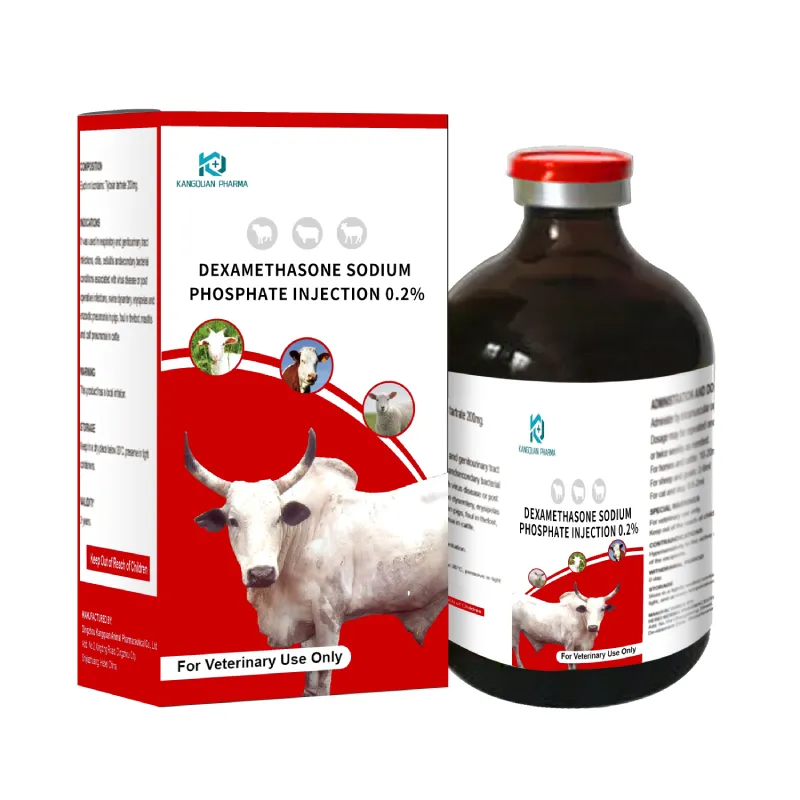- Afrikaans
- Albanian
- Amharic
- Arabic
- Armenian
- Azerbaijani
- Basque
- Belarusian
- Bengali
- Bosnian
- Bulgarian
- Catalan
- Cebuano
- Corsican
- Croatian
- Czech
- Danish
- Dutch
- English
- Esperanto
- Estonian
- Finnish
- French
- Frisian
- Galician
- Georgian
- German
- Greek
- Gujarati
- Haitian Creole
- hausa
- hawaiian
- Hebrew
- Hindi
- Miao
- Hungarian
- Icelandic
- igbo
- Indonesian
- irish
- Italian
- Japanese
- Javanese
- Kannada
- kazakh
- Khmer
- Rwandese
- Korean
- Kurdish
- Kyrgyz
- Lao
- Latin
- Latvian
- Lithuanian
- Luxembourgish
- Macedonian
- Malgashi
- Malay
- Malayalam
- Maltese
- Maori
- Marathi
- Mongolian
- Myanmar
- Nepali
- Norwegian
- Norwegian
- Occitan
- Pashto
- Persian
- Polish
- Portuguese
- Punjabi
- Romanian
- Russian
- Samoan
- Scottish Gaelic
- Serbian
- Sesotho
- Shona
- Sindhi
- Sinhala
- Slovak
- Slovenian
- Somali
- Spanish
- Sundanese
- Swahili
- Swedish
- Tagalog
- Tajik
- Tamil
- Tatar
- Telugu
- Thai
- Turkish
- Turkmen
- Ukrainian
- Urdu
- Uighur
- Uzbek
- Vietnamese
- Welsh
- Bantu
- Yiddish
- Yoruba
- Zulu
നവം . 20, 2024 13:38 Back to list
enrocin injection
Enrocin Injection An Overview
Enrocin injection is a veterinary antibiotic largely used in the treatment of various bacterial infections in animals. The active ingredient, enrofloxacin, belongs to the fluoroquinolone class of antibiotics, recognized for its broad-spectrum efficacy against a range of Gram-positive and Gram-negative bacteria. This medication is particularly valued in the veterinary field due to its effectiveness and relatively rapid action.
One of the primary applications of enrocin injection is in the treatment of infections in livestock, such as cattle, sheep, and pigs. It is commonly used for respiratory infections, skin infections, and other systemic infections caused by susceptible bacteria. Additionally, enrocin injection can be relevant in companion animal care, helping to address infections in dogs and cats.
The mechanism of action for enrofloxacin involves inhibiting bacterial DNA gyrase and topoisomerase IV, enzymes critical for DNA replication and transcription. By disrupting these processes, enrocin effectively halts bacterial growth and reproduction, allowing the animal's immune system to eliminate the infection.
enrocin injection

Dosage and administration of enrocin injection should be carefully managed by a licensed veterinarian, taking into consideration the animal's weight, species, and the severity of the infection
. Overuse or misuse of antibiotics can lead to antibiotic resistance, making it crucial for veterinary professionals to follow established guidelines and protocols when prescribing enrocin.While enrocin injection is generally well-tolerated, potential side effects can occur, including gastrointestinal upset, central nervous system disturbances, or hypersensitivity reactions. Veterinary practitioners must monitor animals closely for any adverse reactions post-administration.
In conclusion, enrocin injection is an essential tool in veterinary medicine for managing bacterial infections in animals. Its broad-spectrum activity and effectiveness make it a go-to choice for veterinarians facing infectious diseases in livestock and companion animals alike. However, responsible use is paramount to ensure the continued efficacy of this antibiotic and to mitigate the risk of developing resistance. As with any medication, consultation with a veterinarian is vital to ensure the proper application and monitoring for the well-being of the animal.
-
Guide to Oxytetracycline Injection
NewsMar.27,2025
-
Guide to Colistin Sulphate
NewsMar.27,2025
-
Gentamicin Sulfate: Uses, Price, And Key Information
NewsMar.27,2025
-
Enrofloxacin Injection: Uses, Price, And Supplier Information
NewsMar.27,2025
-
Dexamethasone Sodium Phosphate Injection: Uses, Price, And Key Information
NewsMar.27,2025
-
Albendazole Tablet: Uses, Dosage, Cost, And Key Information
NewsMar.27,2025













